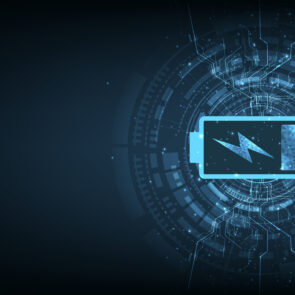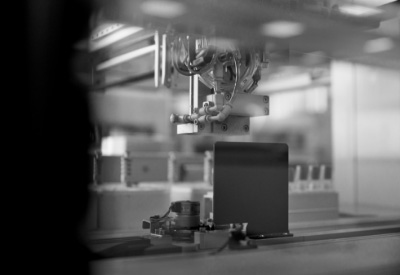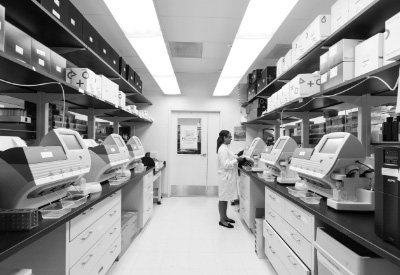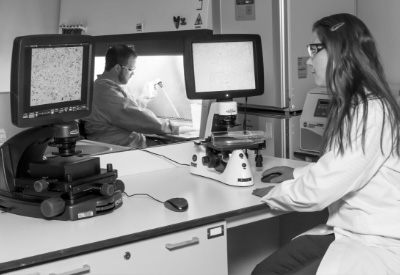In times of crisis, reliable power is not just a convenience; it’s a lifeline. Emergency systems—from communication networks to environmental monitoring devices—depend on consistent energy sources to function effectively.
However, traditional batteries often fall short in critical situations, especially in remote or harsh environments. This is where City Labs’ NanoTritium™ batteries come into play as a groundbreaking solution designed to meet the rigorous demands of emergency systems.
The Challenge: Powering Emergency Systems in Extreme Conditions
Emergency systems are deployed in a variety of challenging scenarios, including:
- Disaster response equipment. Devices like flood gauges, radiation detectors, and seismic sensors are often placed in areas prone to natural disasters. These locations can be difficult to access, making regular maintenance or battery replacement impractical.
- Off-grid monitoring. Remote infrastructure, such as bridges or pipelines, requires constant monitoring to ensure safety and functionality. Powering sensors in these isolated areas poses a significant challenge.
- Emergency communications. In the aftermath of disasters, communication networks are crucial. Devices like beacon locators and asset trackers must remain operational, even when traditional power sources are unavailable.
While effective in controlled environments, traditional batteries often struggle under these conditions. They can degrade over time, are sensitive to temperature fluctuations, and may require frequent maintenance—unacceptable limitations in emergency scenarios.
NanoTritium™ Batteries: A Reliable Solution
City Labs’ NanoTritium™ batteries offer a compelling alternative. Utilizing betavoltaic technology, these batteries convert the natural decay of tritium—a relatively safe, low-energy radioactive isotope—into a steady electrical current.
This process provides several advantages:
- Longevity. NanoTritium™ batteries can provide continuous power for over 20 years without recharging or replacement.
- Maintenance-free. Their solid-state design eliminates moving parts, reducing the risk of mechanical failure and the need for maintenance.
- Environmental resilience. These batteries operate effectively across a wide temperature range and are resistant to shock, vibration, and radiation.
- Compact design. Their small size allows for integration into various devices, including those with stringent space constraints.
These attributes make NanoTritium™ batteries particularly suited for emergency systems that demand unwavering reliability.
Applications in Emergency Systems
Long-Term Infrastructure Sensors
Monitoring the integrity of critical infrastructure, such as bridges, dams, and pipelines, is essential for public safety. Sensors powered by NanoTritium™ batteries can operate autonomously for decades, providing continuous data without the need for maintenance.
“Wake-Up” Beacon Locators and Asset Trackers
In disaster zones, locating survivors and critical assets quickly is paramount. Devices equipped with NanoTritium™ batteries can remain dormant for extended periods, activating only when needed, ensuring functionality during emergencies.
Environmental Monitors
Devices like flood gauges, radiation detectors, and seismic sensors are often deployed in remote or hazardous areas. NanoTritium™ batteries provide a power source that can withstand these challenging environments, ensuring continuous monitoring.
Backup Power for Critical Memory Systems
In emergency scenarios, preserving data integrity is crucial. NanoTritium™ batteries can serve as a reliable backup power source for memory systems, safeguarding vital information during power outages.
Underwater Systems
NanoTritium™ batteries are also ideal for underwater emergency and monitoring applications, where power replacement is virtually impossible. These include tsunami and earthquake sensors deployed on the ocean floor, long-term subsea environmental monitoring stations, autonomous locator beacons for maritime equipment, and tamper detection systems on undersea infrastructure like pipelines and communication cables.
The batteries’ solid-state, sealed construction ensures long-term performance under pressure, while their ultra-low maintenance requirements make them uniquely suited to submerged environments.
Advantages Over Traditional Power Sources
While conventional batteries have their place, they often fall short in emergency applications:
- Limited lifespan. Most traditional batteries require replacement every few years, which is impractical for remote or inaccessible systems.
- Environmental sensitivity. Extreme temperatures, humidity, and radiation can degrade battery performance.
- Maintenance requirements. Regular checks and replacements increase operational costs and risk system downtime.
NanoTritium™ batteries address these issues head-on, offering a set-it-and-forget-it solution that ensures emergency systems remain operational when they’re needed most.
Real-World Impact
City Labs’ NanoTritium™ batteries have been recognized for their potential in various applications, including:
- Defense and security. Providing power for secure communication devices that require long-term, tamper-resistant energy sources.
- Space exploration. Powering sensors and instruments in satellites and lunar missions, where maintenance is impossible.
- Medical devices. Offering a reliable power source for implants and other critical medical equipment.
Power You Can Rely On
In emergencies, the reliability of power sources can mean the difference between success and failure. City Labs’ NanoTritium™ batteries provide a robust, maintenance-free solution for powering critical systems in the most challenging environments.
By ensuring continuous operation over decades, NanoTritium™ technology enhances the effectiveness and resilience of emergency response efforts.
Contact us today to learn more about how our batteries could power your critical systems.









